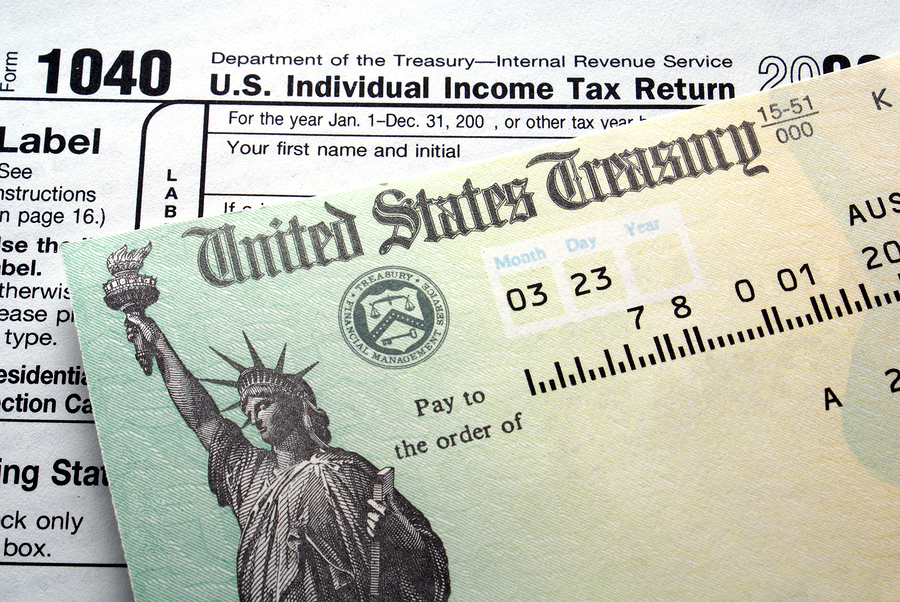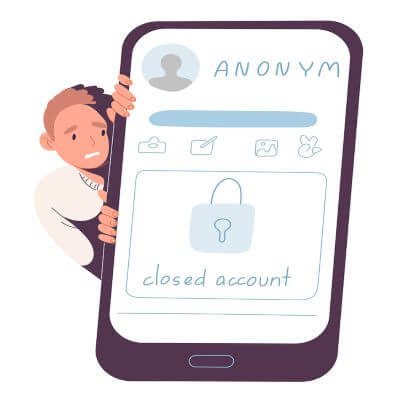Credit Cards vs Loans: Where to Focus Your Tax Refund

The NFCC often receives readers questions asking us what they should do in their money situation. We pick some to share that others could be asking themselves and hope to help many in sharing these answers.
I have some credit card debt and a personal loan with a large monthly payment. Which payoff should I prioritize with my tax refund?
Paying down debt is a very smart use of your tax refund money. Determining what’s the best way to do it, even more so. The most efficient and cost-effective strategy will be to pay the debts with higher interest first. However, it’s not the only way. You can pay off your loan first and then use those funds to liquidate your credit card debt. The most important thing is to make each dollar count.
Deciding Which Debts to Pay First With Your Tax Return
Your credit cards likely have higher interest rates than your personal loans. So, if that’s your case, consider the pros and cons of tackling your credit card debt first. Some of the benefits of paying off your credit card debt go beyond all you’ll save on interest. You will also boost your credit score by establishing a positive payment history and reducing your credit utilization ratio, which calculates how much total credit card debt you have compared to your available credit.
If your total credit card debt is greater than your installment loan, focusing on paying it first may take you some time, and you may not see a drastic increase in your monthly cash flow. Still, you will be effectively reducing your debt and saving money each step of the way. Paying off your installment loan first may seemingly increase your cash flow, yet you’ll still have your high-interest accruing debt to take care of, and most of your extra money should go towards eliminating your debt. In addition, paying off your personal loan may not boost your score right away. On the contrary, your score could drop or stay the same.
Credit Card Repayment Strategies
There are two main strategies to help you pay your credit card debt faster: the snowball and avalanche methods. Each method requires you to continue paying the minimum in all your credit cards and your other debts while focusing on making extra payments in one card at a time. The snowball method arranges your debts by their balance, from the smallest to largest, and asks you to start paying off the smallest first and then move on to the next. The avalanche method requires that you organize your debts by interest rate and start paying off the debt with the highest interest rate first. After you are done with all of your credit card debt, you can use all of these funds to pay off your installment loan. If you choose to pay more than the minimum on your credit cards, inform your creditors, so they apply your extra payments to your principal.
Whichever strategy you choose to repay your debt, the most important thing is to remain debt-free. You can do so by avoiding carrying over balances on your credit cards and, if you do, trying to pay it back as fast as possible. If you still need additional guidance or a personalized strategy to repay all your debts, manage your budget or improve your finances, you can always reach NFCC-certified counselors online or by calling 1-800-388-2227.




